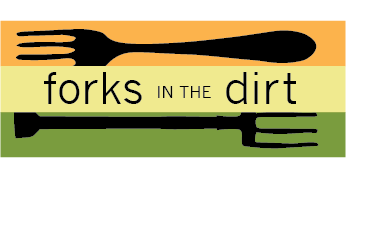If you want to make a recipe that will turn ‘kale no’ into ‘KALE YEAH’ – here it is.

This is the perfect balance of healthy kale hiding in creamy cheesy perfection, finished with a crispy topping. This has become a holiday family meal favorite- and that’s saying somethings with all those kale haters out there 😉
Bacon fat is an amazing addition but not necessary for this recipe. And as with all my recipes there’s room for making them different each time, or just to make them your own. Sometimes I’ll add in the bacon, or if my family ate all the bacon, I’ll just use the bacon fat to sauté the leeks and onions… a bit of pancetta or even smoked ham would be delicious too. If you like it spicy, add in the hot pepper flakes or even some dashes of hot sauce. If you don’t use bacon fat, taste test and add salt as needed.
Continue reading
































